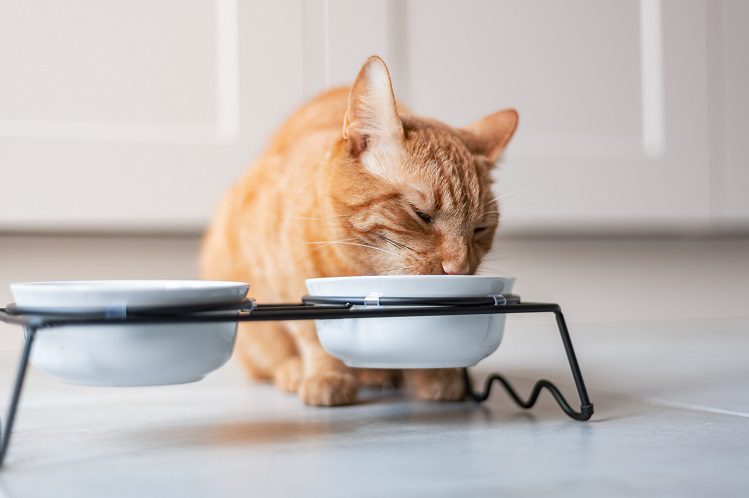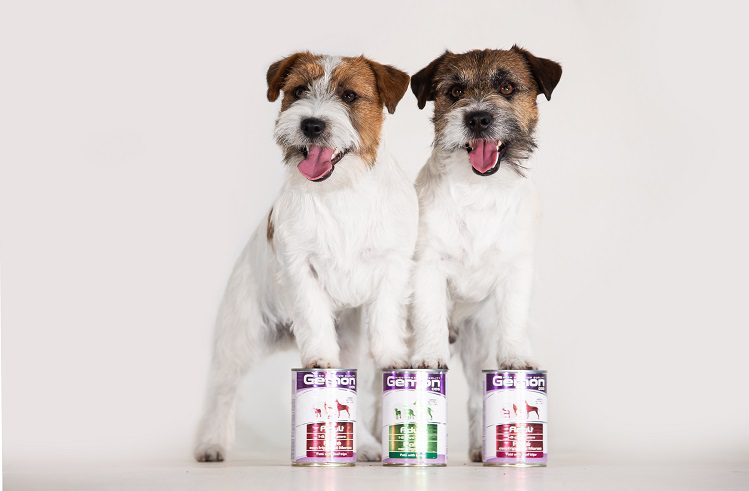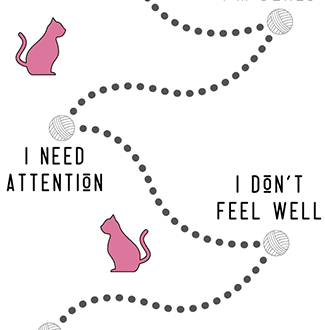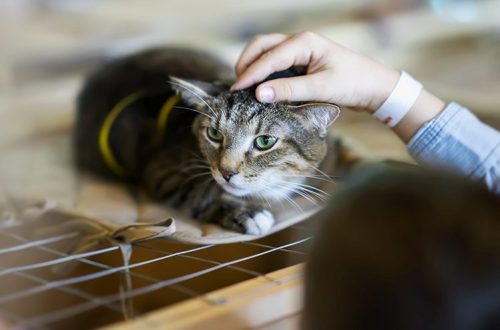
How to transfer cats and dogs to another food and why to do it
Transfer schemes from one feed to another. We tell you in what situations the pet needs to be transferred to a new food and how to do it correctly.
Contents
Why switch your pet to a new food?
Cats and dogs are transferred to a new diet according to the testimony of a veterinarian. The reasons may be:
allergic reactions and digestive problems: vomiting, diarrhea, constipation;
age-related changes: there are foods for puppies and kittens, for adults and older animals;
physiological characteristics and disease propensity: there are separate foods for sterilized pets, for pets prone to KSD (Gemon Cat Sterilized, Urinary, etc.);
low palatability: if a dog or cat does not eat the recommended amount of food and this affects their well-being and appearance;
inability to purchase food for any reason.
Even in the above cases, food will not always be replaced: it all depends on the individual pet. If the food is complete and balanced and there are no indications for changing the diet, then it can be given for a long time.
Unlike us, dogs and cats do not need a varied diet. On the contrary, they feel much better if they eat the same food. Why is this happening?

Features of the digestion of dogs and cats
The digestive system of cats and dogs is designed in such a way as to “adapt” to food and digest well those foods that the pet eats regularly.
The pet’s body produces a certain set of enzymes that are needed to digest and assimilate familiar food. But when a new product is introduced into the diet, these enzymes may no longer be enough. The body has to rebuild and produce other enzymes.
If the food is changed too often or abruptly, the digestive system will not have time to adapt. A pet can experience metabolic disorders, digestive disorders, and even allergic reactions.
To prevent this from happening, you need to follow the recommendations for feeding. And if necessary, switch to a new food, make the transition gradually, over 7-10 days. There are special schemes for this.
The scheme of transfer to dry food
The transfer from one feed to another can be carried out according to the following scheme:
- At each feeding, 1/7-1/10 part is removed from the standard volume of a single portion of the old food, and a new one is added instead.
- Each day, the number of parts of the new food is increased by 1.
- For 7-10 days, the old food is completely replaced by a new one.
Recommendations for switching to a new diet can be provided by the brand that you have chosen. For example, the Italian brand Gemon offers the following scheme:
1-2 days: 75% old food, 25% new food
3-4 days: 50% old food, 50% new food
5-6 days: 25% old food, 75% new food
Day 7: 100% new food.

In case of any negative reactions of the body, you should consult with a veterinarian.
Be careful and do not forget that pets trust us with themselves. Healthy diets for your pets!





